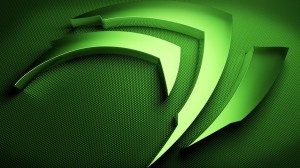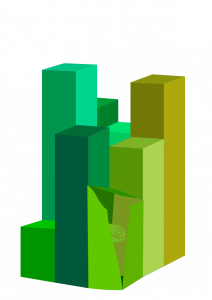
The NVIDIA drivers for openSUSE 13.1 took a while to appear. Many users have asked why this was and we’d like to explain what happened and what we plan to do to prevent this in the future. This post was written with input from the openSUSE developers who maintain these drivers at SUSE and work with NVIDIA to make them available for our users.
How it should work
Legally, the Linux kernel GPLv2 license leaves proprietary binary drivers in a bit of a tangle. While some claim it should be OK, others say not – and that is what most distributions currently assume: one can not ship a Linux distribution with proprietary, binary drivers. NVIDIA has agreed that our users can grab their drivers from the official NVIDIA servers. They are packaged by SUSE engineers however. They take care of both SLE and openSUSE proprietary driver packaging for NVIDIA hardware, and have contacts at NVIDIA who get the drivers up on their ftp mirrors.
![]()
The packages are build on a dedicated system, but the package spec (skeleton for building) is in OBS – for example, G03 is here. Anybody could use these to build the nvidia driver locally (the nvidia binary driver is grabbed from the nvidia driver during building). The command sequence for local building can be found in the README.
Once the packages are build, they are send to NVIDIA, which signs the packages with their key and generates and signs repositories, making them available to the public.
To note is the fact that this is all manual and takes a while on NVIDIA’s side (and ours). This of course is part of the reason why we don’t offer NVIDIA packages for Factory, our fast-rolling development repository.
What happened
What occurred for 13.1 is a typical case of “everything went wrong”.
Up until a few weeks before the release, the driver did not build against the Linux Kernel version 3.11. NVIDIA warned against the use of a patch for this problem created by third parties so the driver team did not have a running build. Due to a holiday, it took a while to get the packages build and pushed to NVIDIA. Unfortunately, by the time this was done, the holiday period at NVIDIA blocked progress for another week. Once the package was signed, it took the webteam at NVIDIA another week to get the repository published. It all added up to almost a month and brought quite some inconvenience for users eager to use their latest NVIDIA cards with the latest openSUSE.
About a week later, the openSUSE 13.1 NVIDIA drivers disappeared again from the nvidia servers for a day or so. We don’t know exactly what happened there, it might have simply been a server issue.
What we will do
The first and most obvious thing to change would be to improve coordination. The developers taking care of the NVIDIA packages should be made aware as early as possible about the release planning and a replacement in case for holidays should be available. We noted this in our 13.1 release report and will make sure that there will be a task in our task tracker for this for the next release. We also need to talk to NVIDIA about this to make sure that there, too, somebody can fill in for SUSE’s contacts.
But there are also thoughts on how to improve further. Some of the current ideas:
- To get drivers for Factory the process needs more automation as the driver may break on kernel or X changes
- We could try to open the process and work with community members to secure the process in case the SUSE folks are unavailalbe
- It would be nice if we could make NVidia to see benefit of working more on the driver in openSUSE, e.g. by doing some testing
- We could write some scripts that check regularly whether repo and packages are still available and in a valid state (meta data matches available RPMs)
We’ll have to see which of these we can implement, when and how. But rest assured that we will do what we can to prevent this in the future!

And the stats!
After a bit of a hiatus, we’re back with the numbers. Development has slowed down around new year and isn’t back to speed yet so the 10th spot is shared by quite a big group of people…
| Spot | Name |
| 1 | Stephan Kulow |
| 2 | Denisart Benjamin |
| 3 | Tomáš Chvátal, Dirk Mueller, Michal Vyskocil |
| 4 | Hrvoje Senjan |
| 5 | Ciaran Farrell |
| 6 | Petr Gajdos |
| 7 | Lars Vogdt, Pascal Bleser |
| 8 | Jan Engelhardt, Charles Arnold |
| 9 | Andreas Stieger, Michal Marek, Niels Abspoel, Kyrill Detinov |
| 10 | Dinar Valeev, Bjørn Lie, Ulrich Weigand, Tobias Klausmann, Marcus Meissner, Alexander Graf, Robert Schweikert, Martin Vidner |